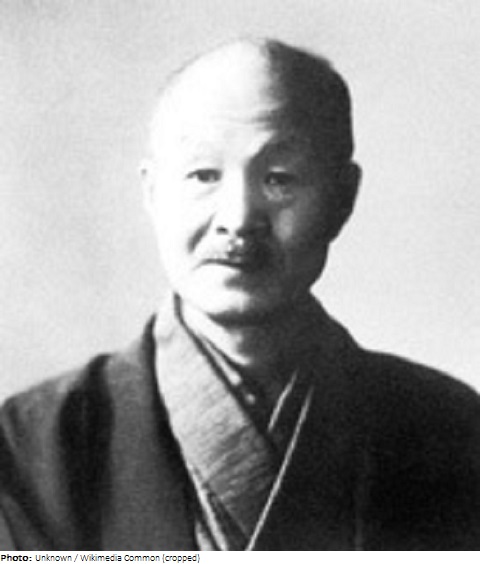Tensen Ogyu

Biographical information
| Roles | Competed in Olympic Games |
|---|---|
| Sex | Male |
| Full name | Tensen•Ogyu |
| Used name | Tensen•Ogyu |
| Original name | 荻生•天泉 |
| Other names | Moritoshi Ogyu, 荻生 守俊 |
| Born | 28 April 1882 in Nihonmatsu, Fukushima (JPN) |
| Died | 9 October 1947 (aged 65 years 5 months 11 days) |
| NOC |  Japan Japan |
Biography
Tensen Ogyu is listed in various sources under his birth name Moritoshi. He studied Japanese painting at the Tokyo School of Fine Arts. He became a student of Hashimoto Gahō, one of the last painters of the Kanō school. He took first prize at the 1907 Bunten exhibition, and then the Futaba exhibition and the Tatsumi Artists’ Association exhibition, and won that award at the seminal exhibition of the Art Institute. He also became a member of the committee of the Art Institute and served as the secretary of the Fukushima Art Association in Futaba, a town that was devastated in 2011 first by a tsunami and then by the nuclear catastrophe. Ogyu was a winner at the Emperor’s Exhibition for 10 consecutive years, and remained active in other official exhibitions. Some of his works were purchased by the court of the Japanese emperor.
Both of Ogyu’s paintings were featured in the respective art catalogs. Kemari is a ball game played in Japan since the 7th century, in which the ball has to be kept in the air. Its predecessor is the game Cuju, which was depicted, for instance, by Misai Kosugi. The origin of Japanese Classical Horse Race also dates to around 1000 CE.
Results
| Games | Discipline (Sport) / Event | NOC / Team | Pos | Medal | As | |
|---|---|---|---|---|---|---|
| 1932 Summer Olympics | Art Competitions |  JPN JPN |
Tensen Ogyu | |||
| Painting, Paintings, Open (Olympic) | ||||||
| 1936 Summer Olympics | Art Competitions |  JPN JPN |
Tensen Ogyu | |||
| Painting, Paintings, Open (Olympic) |